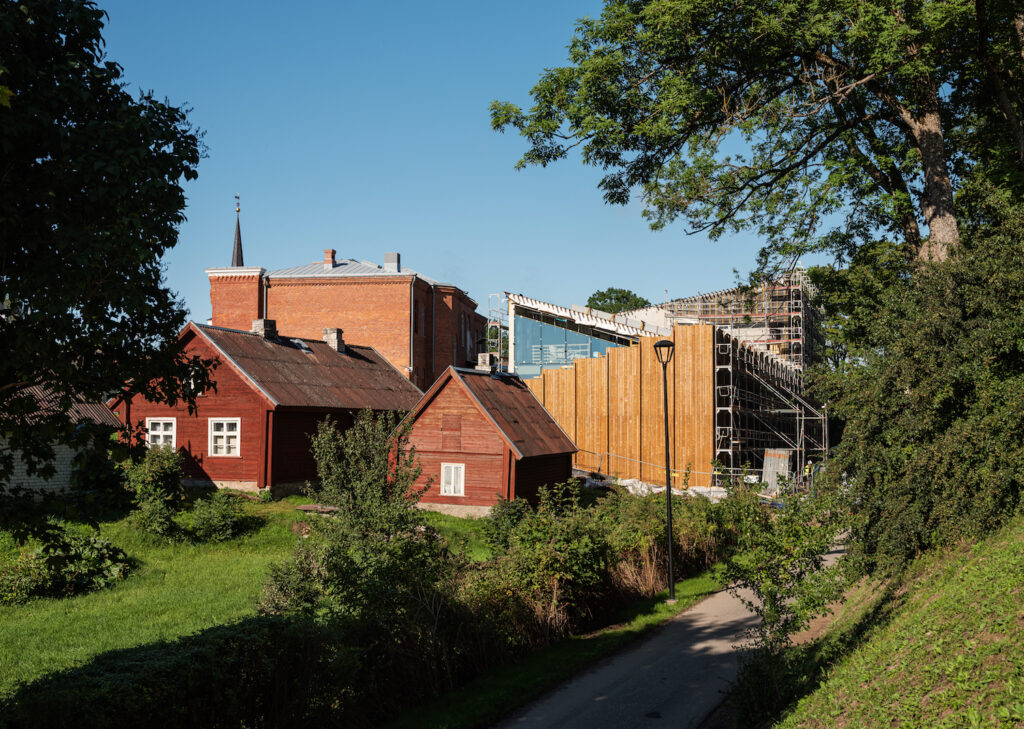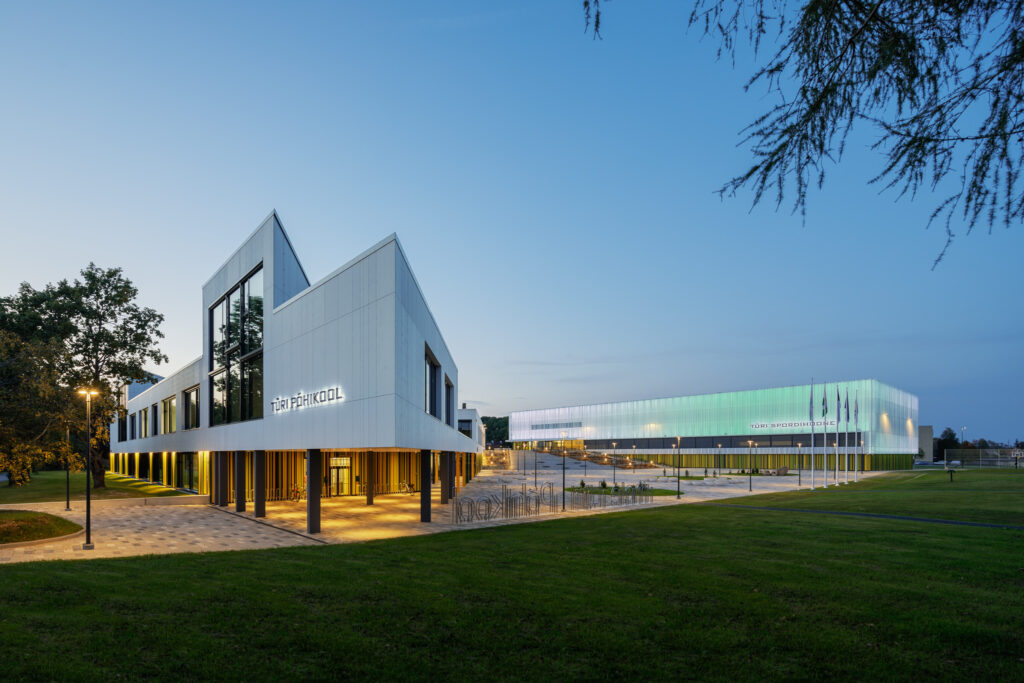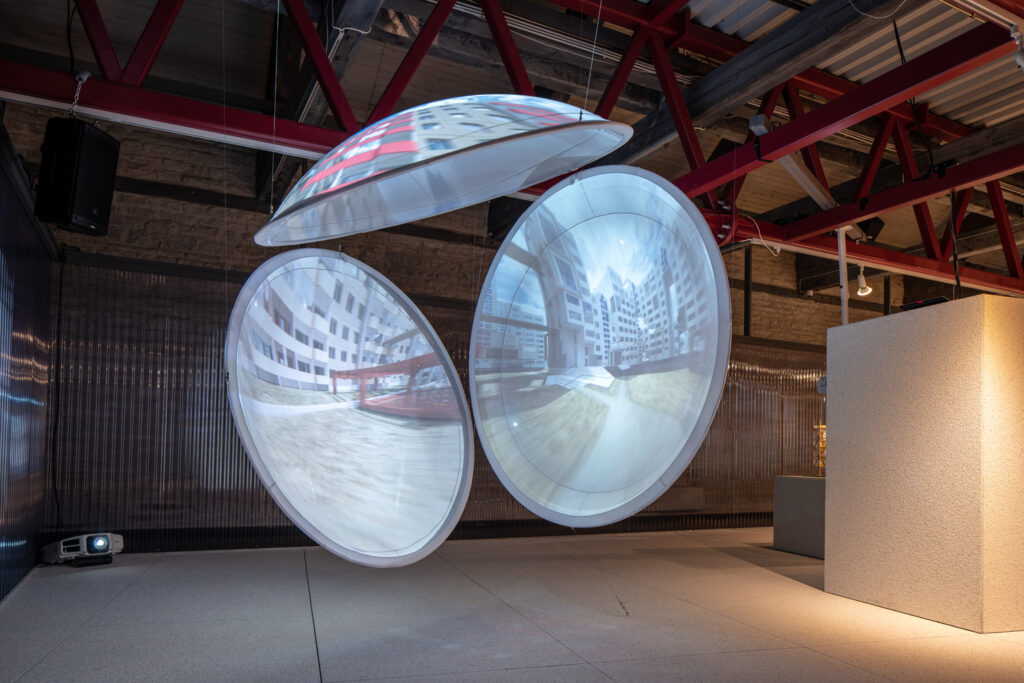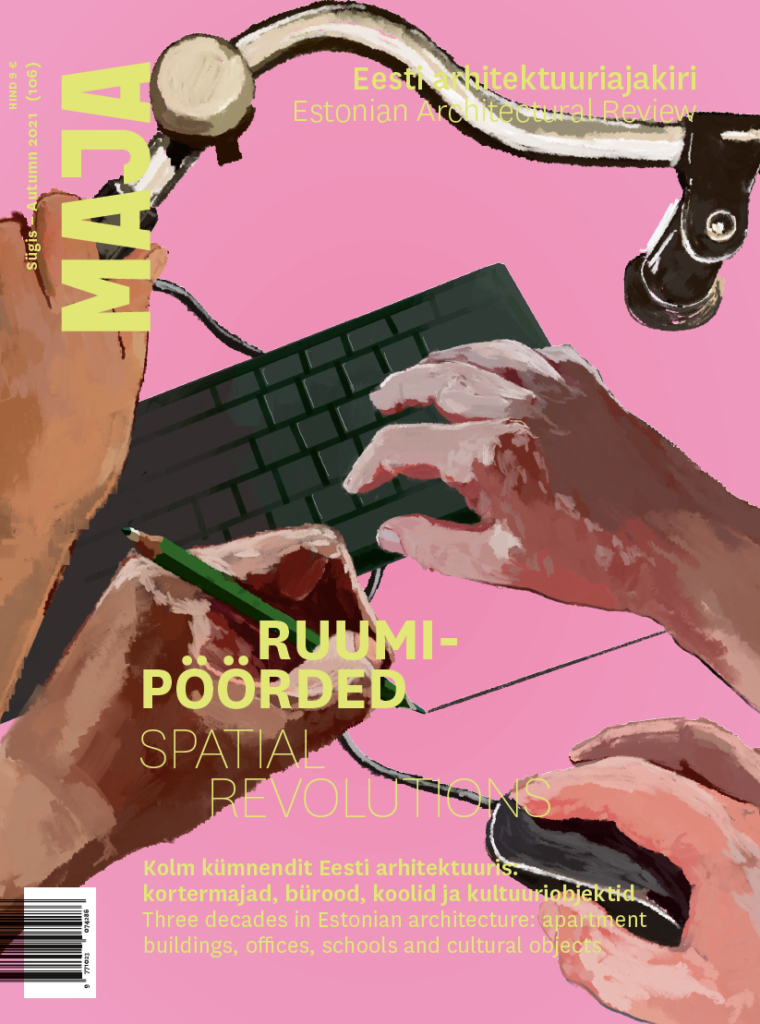Autumn 2021: Spatial Revolutions
A sense of mission is what drives the centenary Estonian Association of Architects to act as a replacement agent for the institution of the state architect that is currently missing in the Estonian architectural arena. Andro Mänd, Chairman of the Association, writes about what it takes to organise cross-disciplinary collaboration, an integral part of spatial design, based on the example of site selection for Paide State High School.
In the last few years, several public buildings with unexpected combinations of functions have been built in Estonia due to practical reasons, and soon, a series of state houses combining a kaleidoscopic array of institutions in smaller towns will follow. How do these public buildings reflect our present times, and how should they?
Graphic essay by Paco Ulman.
Türi Middle School is a well-executed example of a contemporary school—breaking preconceptions about the organisation of space, encouraging new practices that involve alterations by the users, and offering spatial solutions for socialising as well as withdrawing.
Over the course of the past thirty years, designing school spaces has migrated from being a marginally positioned subject matter to the centre of focus in the field of architecture, supported by scientific studies and continual research and development. The spaces for learning have acquired a new image and meaning.
We have gained an unprecedented amount of trust from our employers. Work has suddenly become dispersed, taking place asynchronously at different locations and different times. One gets a sense now of deeper reflection on how companies should organise their work and inspire their workers. This has led to a shift in understanding—what takes place within the environment has begun to affect the environment itself and its fundamental idea, which in turn guides the aesthetic decisions on space.
The group exhibition, The Houses We Need at Estonian Museum of Architecture (11.06-21.11.2021) showcases 16 commissioned designs for houses ‘with the aim of ensuring a more beautiful, secure and peaceful future on planet Earth’.
What has taken place in the field of apartment building construction over the last 30 years? Indrek Rünkla draws out some of the more significant aspects from his own personal experience.
Little was built following the re-establishment of Estonian independence in the early 1990s, however, the debates held and practices established largely came to set the foundations for the dominant issues in the architectural field in the past decades.
How does change in society reflect in architecture? In order to answer this question, we look back on the spatial design in the thirty years of regained independence. What kinds of spaces have accommodated us in the last three decades at work, in school and while enjoying culture? What have our homes been like?
ARCHITECTURE AWARDS














